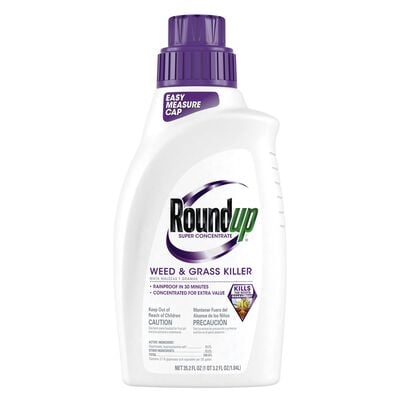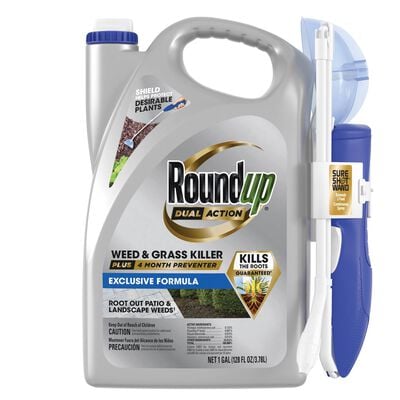
What Is Common Buckthorn and How Do I Control It?
Found commonly throughout North America, buckthorn is a serious threat to natural areas, backyards, parks, and forests.
WHAT IS COMMON BUCKTHORN?
Found commonly throughout North America, buckthorn is a serious threat to natural areas, backyards, parks, and forests. You'll find it along roadsides, in old fields, prairie fens, savannas, and different woodlands. Common Buckthorn has pushed out native plants and messed up the ecosystems of many forested areas. Not cool, buckthorn.
"Not cool, buckthorn."
THE BUCKTHORN STOPS HERE: 5 WAYS TO REMOVE IT
- Hand pull small buckthorns
Wait for a day when the soil is a little damp and pull out young plants. Bigger ones can sometimes be pulled with tools.
- Cut down bigger buckthorns
Chop larger plants close to the ground, and cover the stumps with black plastic to prevent regrowth. Left uncovered, they'll resprout with a vengeance.
- Use Roundup® Weed & Grass Killer products on the biggest buckthorns
Cut behemoth buckthorn close to the ground, drill four or five holes into the stump, and immediately pour undiluted Roundup® Weed & Grass Killer Concentrate Plus into the holes. That'll teach it.
- Replant and revisit
After removal, plant something beneficial to keep buckthorn from returning. Chokeberry, dogwood, and serviceberry trees look good and do good by feeding and sheltering birds. Buckthorn seeds can survive in the ground for a long time, so keep an eye out for sprouts in the spring, and hand pull them if necessary.
- Volunteer
Local municipalities often don't have the funds to remove invasive plants from public spaces, so help out the neighborhood by organizing a buckthorn removal effort with some pals.
A MENACE SPROUTS
According to the Northeastern Area State & Private Forestry, some well-intentioned Europeans brought Common Buckthorn to North America in the late 1800s as an ornamental plant and windbreak.1 Since then, it's taken over a range that stretches from New England to Missouri, crowding out ecologically important native plants.
1Northeastern Area State & Private Forestry. Common and Glossy Buckthorn. In Forest Invasive Plants Resource Center. Retrieved from http://na.fs.fed.us.

